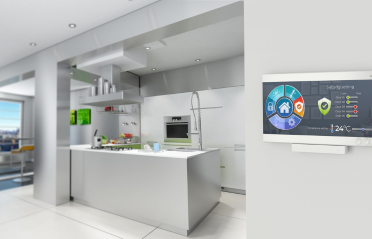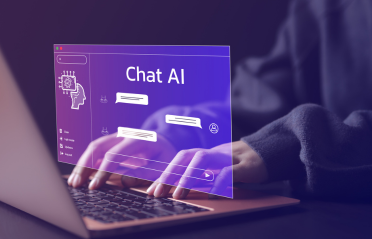The IoT Application Enablement Platform is essentially a platform that helps IoT vendors implement new services quickly whilst working with diverse IoT sensors and devices.
Some of the key aspects of an IoT Application Enablement Platform are:
- Unified API interface (typically RESTful) for access
- Abstraction of IoT devices – helps to present a unified/manageable view of existing IoT devices
- Ability to plug in new IoT devices, possibly supporting new data formats without affecting existing services
- Ability to offer centralized monitoring and management
- Offer a service factory construct that allows developers to create new services leveraging existing services (I.e. not having to write each new service from scratch if other services offer functionality it can borrow from)
- Strong security – authentication and authorization
HSC and AEPs
HSC has worked with several ISVs and OEMs, developing state-of-the-art AEPs. In addition to working with new IoT startups that could design an IoT Application enablement platform from the start, HSC has worked with IoT vendors that already had millions of devices deployed worldwide without a unification strategy and have helped them migrate to a unified AEP platform without affecting existing deployments and SLAs.HSC’s AEP development platforms for AEPs include:
- NodeJS /MEAN stack
- J2EE
- Helper components written in JS, Ruby, Python, C++

Product Engineering Services Customized software development services for diverse domains
Quality Assurance End-to-end quality assurance and testing services
Managed Services Achieve scalability, operational efficiency and business continuity
Technology Consulting & Architecture Leverage the extensive knowledge of our Domain Experts






